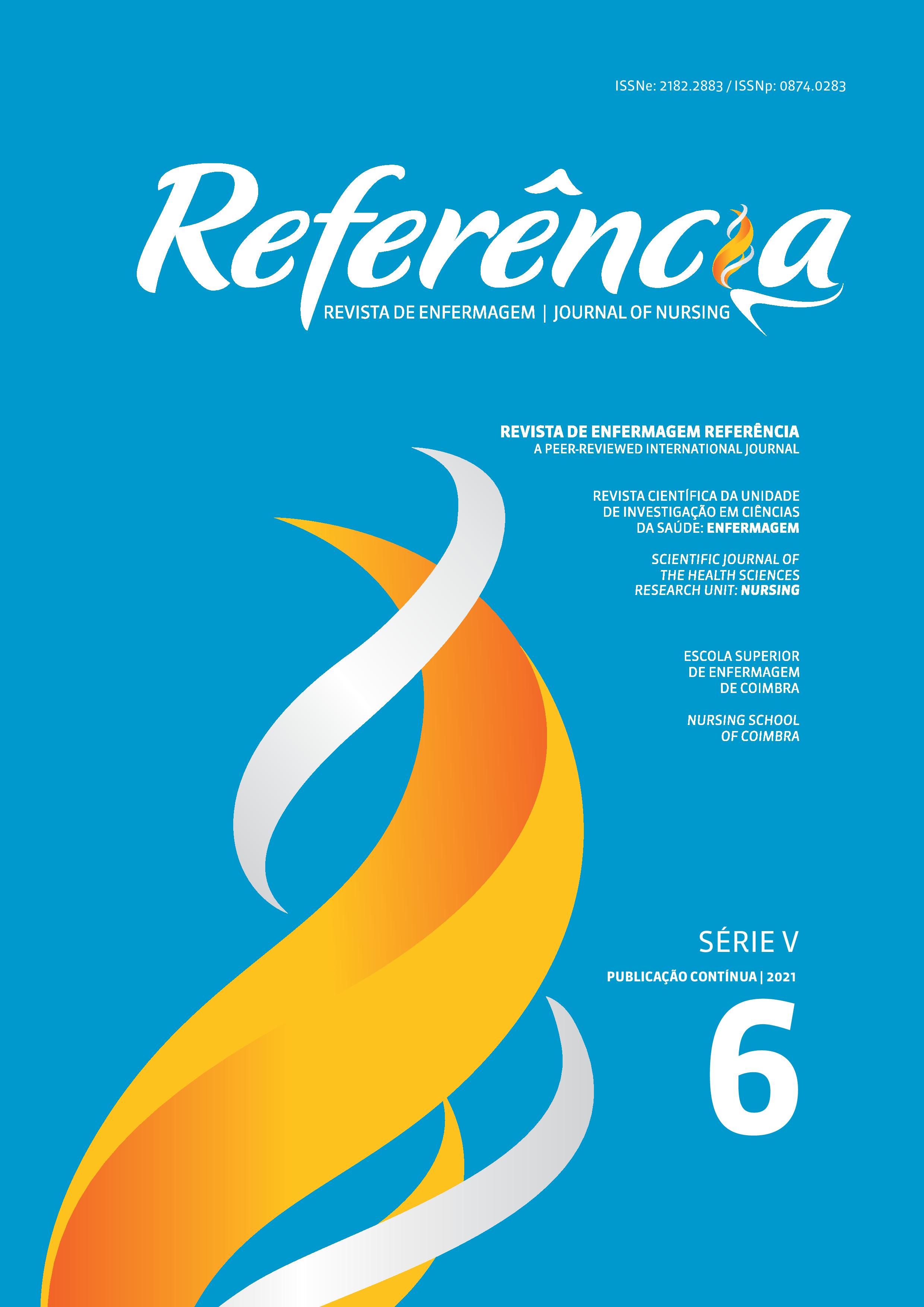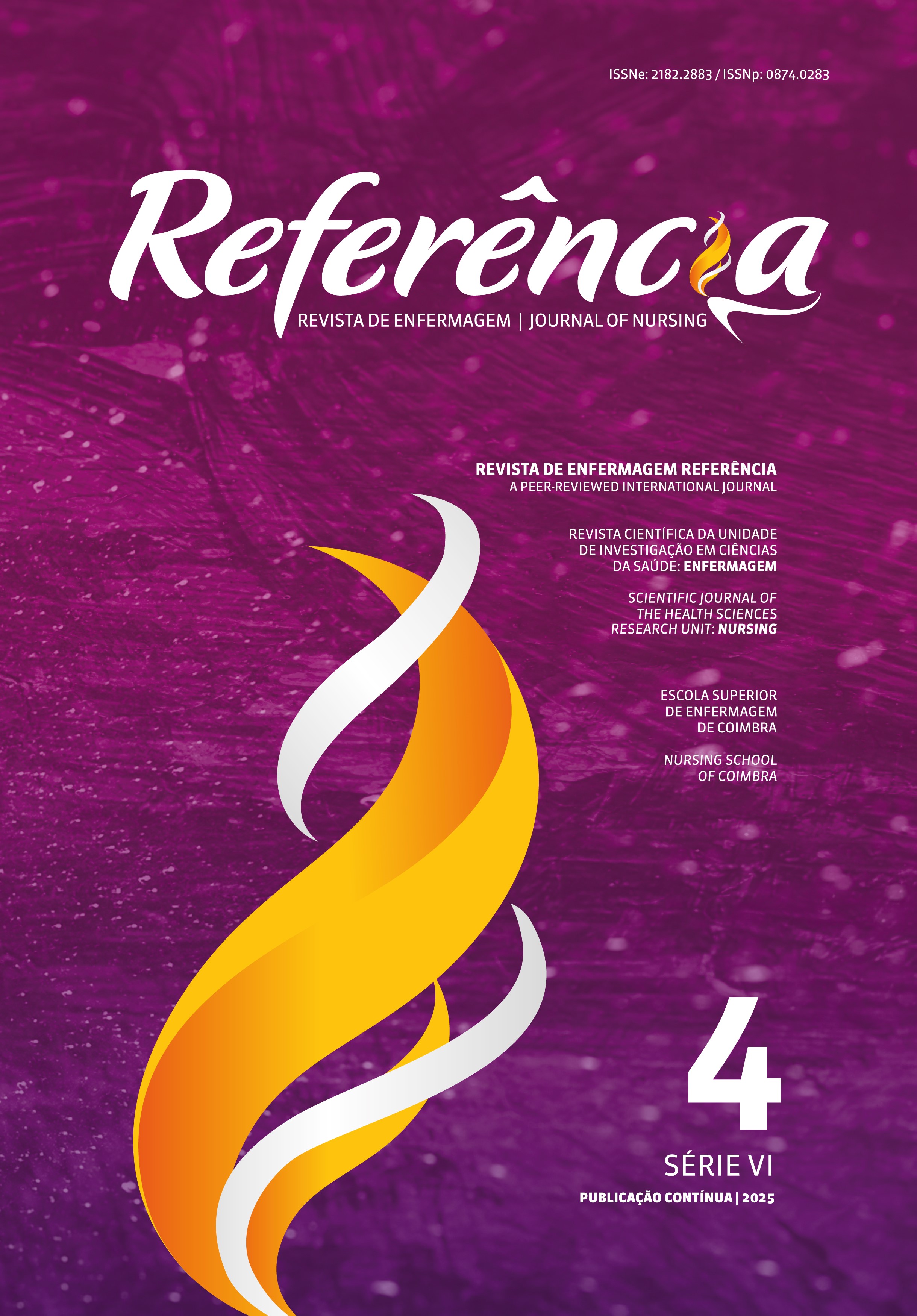Assessment of patient safety in the operating room: nurses’ perceptions
DOI:
https://doi.org/10.12707/RV20134Keywords:
patient safety, operating rooms, health policy, nursingAbstract
Background: Most healthcare incidents occur in the operating room. Thus, it is essential to implement patient safety policies.
Objective: Characterize perioperative nurses’ perceptions of patient safety in the operating room.
Methodology: Descriptive study using sampling by clusters of hospitals. The sample consisted of 1,001 nurses from 46 operating rooms. The Patient Safety in the Operating Room Questionnaire was applied and IBM SPSS Statistics software, version 25.0, was used for data processing.
Results: The analysis of the percentages of positive answers revealed that most patient safety dimensions have a low level of implementation (<50%), particularly those regarding audits. Only the dimensions concerning good practices in unambiguous patient identification and antimicrobial resistance and infection control and prevention had high levels of implementation (≥75%).
Conclusion: The results point to opportunities for improvement in the generality of dimensions of patient safety in the operating room.
Downloads
References
Association of Perioperative Registered Nurses. (2018). Guideline for team communication. Guidelines for perioperative practice. AORN.
Boytim, J. & Ulrich, B. (2018). factors contributing to perioperative medication errors: A systematic literature review: 2.1 www.Association of Operating Room Nurses Journal, 107(1), 91-107. https://doi.org/10.1002/aorn.12005
Despacho no 1400-A/2015 do Ministerio da Saude. (2015). Diário da República: II Série, n. º 28. https://dre.pt/application/conteudo/66463212
Direcao-Geral da Saude. (2013). Norma nº 2: Cirurgia segura, salva vidas. Autor.
Direcao-Geral da Saude. (2015). Cirurgia segura salva vidas. Relatório de monitorização-2014. Autor.
Direcao-Geral da Saude, Departamento de Qualidade na Saude. (2017). Norma nº 1: Comunicação eficaz na transição de cuidados de saúde. Autor.
Direcao-Geral da Saude. (2018). Infeções e resistências aos antimicrobianos: Relatório anual do programa prioritário 2018. Autor.
Direcao-Geral da Saude, Departamento de Qualidade na Saude. (2018). Norma nº 5: Avaliação da cultura de segurança do doentenos hospitais (updated on 20/02/2020). Autor.
Direcao-Geral da Saude, Departamento de Qualidade na Saude. (2019). Norma nº 8: Prevenção e Intervenção na queda do adulto em cuidados hospitalares. Autor.
Halterman, R. S., Gaber, M., Janjua, M. S., Hogan, G. T., & Cartwright, S. M. (2019). Use of a checklist for the postanesthesia care unit patient handoff. Journal of PeriAnesthesia Nursing, 34(4), 834-841. https://doi.org/10.1016/j.jopan.2018.10.007
Heideveld-Chevalking, A. J., Calsbeek, H., Damen, J., Gooszen, H., & Wolff, A. P. (2014). The impact of a standardized incident reporting system in the perioperative setting: A single center experience on 2,563 ‘near-misses’ and adverse events. Patient safety in surgery, 8(1), 46. https://doi.org/10.1186/s13037-014-0046-1
Meehan, A. J., Beinlich, N. R., & Hammonds, T. L. (2016). A nurse-initiated perioperative pressure injury risk assessment and prevention protocol. Association of Operating Room Nurses Journal, 104(6), 554-565. https://doi.org/10.1016/j.aorn.2016.10.004
Mota, A. S. (2015). Cultura de segurança do doente e lista de verificação de segurança cirúrgica: Perceção dos profissionais do bloco operatório [Master’s thesis, Escola Superior de Enfermagem de Coimbra]. https://repositorio.esenfc.pt/rc/
Mota, A., & Castilho, A. F. (2019). Construcao e validacao psicométrica do Questionario de Seguranca do Doente no Bloco Operatorio. Revista de Enfermagem Referência, 4(21), 67-78. http://dx.doi.org/10.12707/RIV19012
National Pressure Ulcer Advisory Panel, European Pressure Ulcer Advisory Panel, & Pan Pacific Pressure Injury Alliance. (2014). Prevention and treatment of pressure ulcers: Clinical practice guideline. Cambridge Media.
World Health Organization. (2009). WHO guidelines for safe surgery: 2009: safe surgery saves lives. World Health Organization.
Prielipp, R. C., Weinkauf, J. L., Esser, T. M., Thomas, B. J., & Warner, M. A. (2017). Falls from the O.R. or procedure table. Anesthesia & Analgesia, 125(3), 846-851. http://doi.org/10.1213/ANE.0000000000002125
Soncrant, C. M., Warner, L. J., Neily, J., Paull, D. E., Mazzia, L., Mills, P. D., Gunnar, W., & Hemphill, R. R. (2018). Root cause analysis of reported patient falls in ORs in the Veterans Health Administration. Association of Operating Room Nurses Journal 108(4), 386-397. https://doi.org/10.1002/aorn.12372
Sorra, J., & Nieva, V. (2004). Hospital survey on patient safety culture: User’s guide. Agency for Healthcare Research and Quality.
World Health Organization. (2019). Medication safety in high-risk situations (No. WHO/HIS/SDS/2018.3). Author.






















